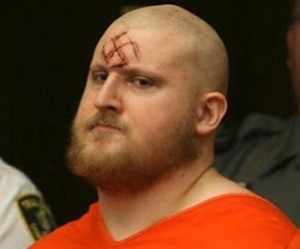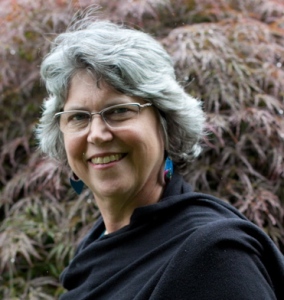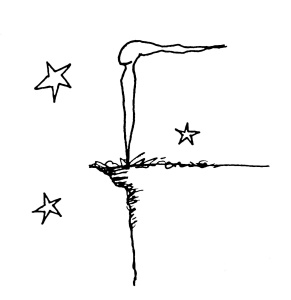 A viewer answered my YouTube video’s title“What it Means to be White” with a direct answer: “It means to be a white supremacist (racist)!”
A viewer answered my YouTube video’s title“What it Means to be White” with a direct answer: “It means to be a white supremacist (racist)!”
In the past, his words would have cut me to the core. As it was, I merely gasped for a moment. Well aware of individual and systemic racism, my emotions would once have boiled at the assumption that I, one who has worked so hard for justice, was a “white supremacist.” Back then, in my offended state, fruitful exploration of his analysis would have been impossible.
I am grateful that I’ve done enough work with racism, mine and the culture’s, to be able to step back and carefully read what he had to say.

There is some truth in his accusation. As a Euro-American, I was born, raised and now live in a culture where white skin is considered normative. The vast majority of those with historical and current power in our culture are white skinned. Therefore, collective societal experience and perception is inevitably biased toward whiteness.
In short, ours is a culture where white is considered supreme, even though few would articulate it so bluntly. This bias has been part of the American and European fabric of life for so long that the belief in the superiority of the white race, especially in matters of intelligence and culture, is woven into the unconsciousness of individuals and institutions.
I’ve had my own journey waking up to racism. Sitting in a diverse group of participants in a Be Present, Inc. Training on the Issues of Race, Gender Power & Class, I listened intently as Cynthia told the story of her mother, Pat.* In 1965, shortly after moving from the west coast to Dallas, Texas, Pat was confused by a “Whites Only” sign in the laundromat window. Not sure why they wanted her to wash only white clothes, she’d entered and proceeded to finish all of her laundry, whites and colors. Later, at home, she’d realized that “white” had referred to her skin color, not her laundry. Listening to Pat’s story forty years later, I realized that I’d never seen signs such as these in any Texas business of my childhood. Blinded by a racism I didn’t even know existed at nine years of age, I’d not seen what was all around me. Waking up to racism happened in stages beginning in my teen years. Since then, every new insight has propelled me to wake up and change.
I am a white supremacist by default, because the culture’s shards of racism are lodged within me deeply as they are within any child of this society. Likewise, I work and live in the midst of diversity where collaboratively we seek justice and equity. We humans are paradoxical by nature. Denial merely pushes the parts deemed shameful into our shadow where they can do the most harm.
I am, however, uninterested in keeping silent about race nor about constraining racial conversations within the dualities of oppressor and oppressed, white supremacist and victim.
Instead, I want radical, root-level transformation. To do that we must build partnerships across our differences: Black and white. Red and yellow. Young and old. Rich and poor. Women and men. We must be able to listen to each other outside of our own personal experiences and our cherished social analysis.
Waking up to the presence of the culture’s injustice within and around us is a demanding process. Our deeply divided world cries out for justice, and the spirit of our response matters in spite of our differences.
How do we best support each other to see and shift behaviors that are out of alignment with our longing for justice and equity? We can no longer ignore disrespectful and unjust behavior. We must take the risk and step into the middle of difficult conversations.
Labels such as “white supremacist” may be short hand and direct, but I prefer the longer road of initiating conversations that open the possibility for long-term personal and social change.
*Story told in my social change memoir Big Topics at Midnight: A Texas Girl Wakes Up to Race, Class, Gender and Herself

